
- This event has passed.
2021 Regenerative Solutions for Resilient Landscapes – Connections
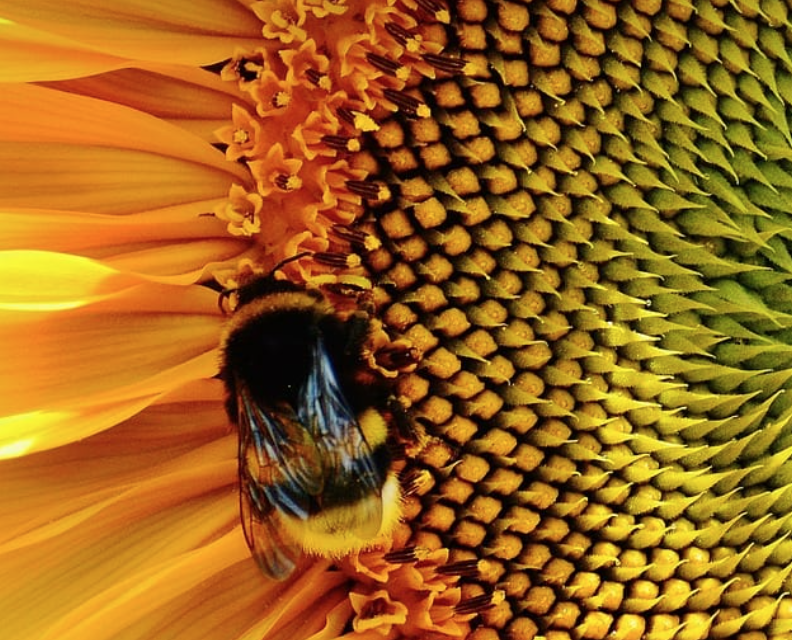
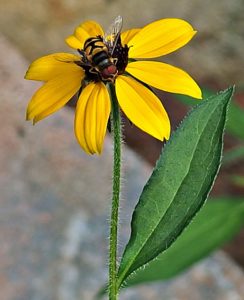
Margaret Molyson Photo
Connections are vital throughout healthy landscapes and include everything from interaction between pollinator and plant to the underground networking of mycelium.
The degree to which a landscape is successfully connected determines soil health, biodiversity, local adaptation, colonization, and species survival prospects. All connections are further challenged as ecosystems cope with climate change.
Join us on Thursday, November 11th to explore many critical landscape connections and to investigate the roles we can play in ensuring their success. We will consider connections of the landscape with climate, soil, pollinators, plant communities, and trees.

Building Strong Foundations
Roy Diblik
Gorgeous perennial gardens packed with color, texture, and multi-season interest (think of stunning examples like the Lurie Garden) may be aspirational but are also achievable with some plant community know-how from award-winning plantsman and designer Roy Diblik.
Roy’s design approach begins by learning a core group of plants, and all of the characteristics of the plants, that are reliable performers, tolerant of varied initial soil conditions. The next steps are combining them with complementary plants that thrive together when grown as a community. Roy also emphasizes a design approach that minimizes garden maintenance. One reliable species is Carex used as a groundcover to reduce reliance on wood mulch, create a healthier habitat for woody plants, create interconnected plant communities that benefit the well-being of the whole community, and promote long-lived communities over time.
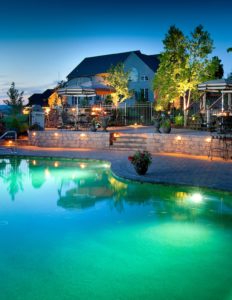
Lighting Effects on Wildlife
Reconnecting with Natural Light Cycles that Support Human and Wildlife Health: Starving for Darkness
Jane Slade
Darkness is disappearing from the face of the Earth, blinding wildlife in the light. Since the industrial revolution and the invention of the electric light bulb, the natural ecosystems of the Earth spend more and more time bathed in artificial light within a 24-hour cycle. How does the artificial light and lack of darkness impact wildlife? How does the obstruction of the night’s sky affect bird migration, pollination, and reproduction?
Much of the study of light and health has been dedicated to the impact of light upon humans; however, animals and plants are also intrinsically photosensitive and subject to the unwanted effects of stray light. How can a rethinking of design, landscape lighting, and codes alleviate some of these harmful effects? Ms. Slade will provide encouraging considerations to minimize these negative impacts.
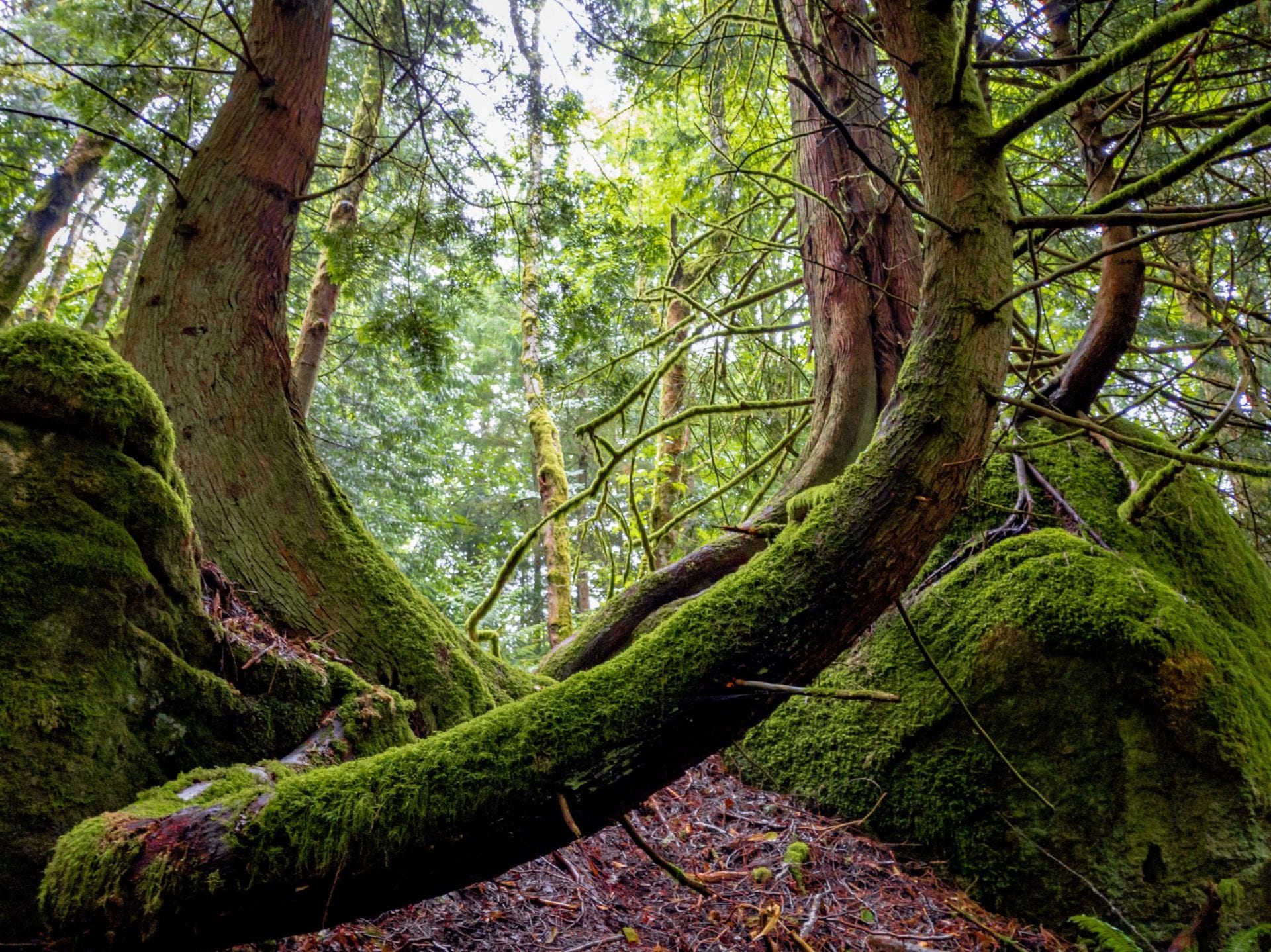 Finding the Mother Tree
Finding the Mother Tree
Suzanne Simard
Trees are connected, that’s right, CONNECTED. Through their research, Dr. Simard and her team have discovered that trees are connected below-ground via a vast fungal network. The Mother Tree project is investigating forest renewal practices that will protect biodiversity, carbon storage and forest regeneration as climate changes. This field-based research compares various retention levels of Mother Trees (large, old trees) and their neighbors, as well as regenerating seedling mixtures, in Douglas-fir forests located across nine climatic regions in British Columbia.
What is the mysterious, powerful force that connects and sustains others? The old, large trees in forests are responsible for nurturing and connecting forests in the same profound ways that families and human societies nurture and connect their members. Learn about the vital and inseparable bonds that enable survival of all.
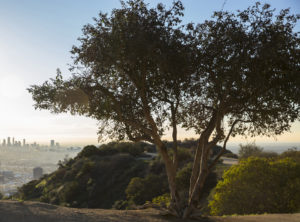
Human-Natural System Connections: Soil, Water, and Trees
Yujuan Chen, PhD
Currently more than half of the world population lives in urban areas — human-natural systems. Coupled with a changing climate, cities and towns are under high pressure to provide residents with sufficient resources, a livable environment, and desired quality of life. This presentation will discuss human-natural system connections including soil, water, trees, and their interactions with human decisions and activities.
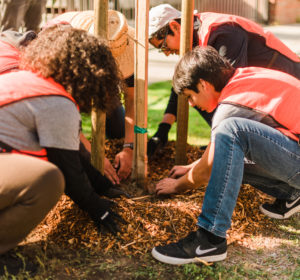
At the international level, how can we comprehensively integrate forests and trees into sustainable urban development with sound policies? At the regional level, how can we strategically and effectively engage communities in soil management and conservation? At the site level, how can we help urban tree establishment, improve tree growth, and ultimately sustain related long-term ecosystem services (e.g., stormwater mitigation) through urban soil best management practices? The findings from a set of studies will be shared to illustrate the connections and potential of green (trees), blue (water), and brown (soil) infrastructure in the city.
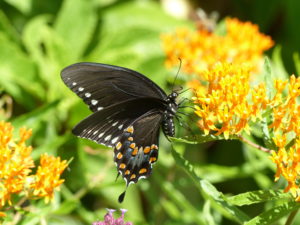 Using Informed Plant Selection to Restore Pollinators and Songbirds
Using Informed Plant Selection to Restore Pollinators and Songbirds
Desiree Narango, PhD
Functional food webs are essential for the successful conservation of ecological communities. In terrestrial systems, food webs are built on a foundation of co-evolved interactions between plants and their consumers. Efforts to restore urban and suburban green space, provide ecosystem services, and combat adverse impacts of development have resulted in widespread tree- and garden- planting efforts. Yet, little attention is given to the importance of plant identity for successfully supporting biodiversity. In this presentation, Dr. Narango will discuss the ecological and evolutionary relationships between plants, pollinators, and songbirds and highlight her recent research demonstrating that particular native plants are crucial for supporting local food webs. She will also share examples where species interaction data can provide quantitative metrics to inform planting guidelines to restore wildlife habitat in shared, living- and working landscapes.
